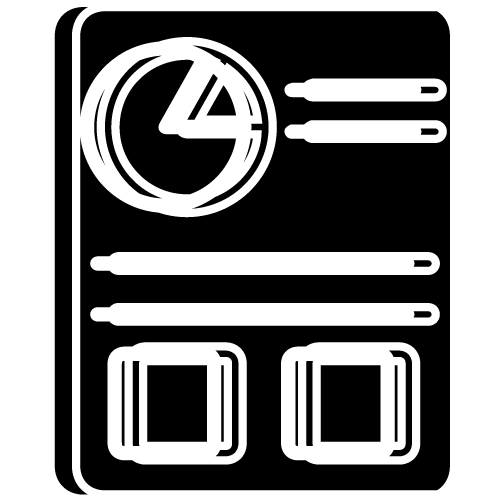Guidelines for a better management of all forms of topical ozonetherapy in diabetic foot ulcer [abstract]
DOI:
https://doi.org/10.7203/jo3t.3.4.2019.15419Keywords:
diabetic foot, ozone therapy Abstract
Abstract
Foot ulcers result in substantial morbidity, reduced quality of life, and increased mortality in patients with diabetes. The risk of these ulcers becoming chronically infected is well above 60%. About 50% of patients undergoing non-traumatic lower limb amputations have diabetes. These patients have a high mortality following amputation, ranging from 39% to 80% at 5 years. Some developments have been made towards the treatment of this complication with surgical intervention, topical antiseptics, and systemic antibiotic therapy; however, outcomes continue to remain poor and lead to limb amputation in 15% to 20% of patients within 5 years of the time of initial infection. As an additional alternative, topical ozone therapy could be done by following the main steps: hydrate and start the debridement of the lesion with ozonized water to enable the penetration of the ozone oxygen mixture. Afterwards, start the bagging with the gas mixture, beginning with high concentrations, more frequently in the initial phases, and reduce as the process proceeds. The water or oil prepared with ozone can be useful to control infection inside the wound and accelerate the metabolism in surrounding soft tissues. Therefore, facilitate healing. The patient can thus underwent conservative surgery for removing the necrotic area or osteomielitys. No side effects have been noticed during treatment. Neither allergies nor skin dermatitis were found and frequently the utilization of this therapy shortened the healing period.
 Downloads
Downloads
Downloads
Published
How to Cite
-
Abstract772
-
PDF290
Issue
Section
License
Journal of Ozone Therapy applies the Creative Commons Attribution-NonCommercial 4.0 International License (CC BY NC 4.0) license to works we publish.
Under this license, authors retain ownership of the copyright for their content, but allow anyone to download, reuse, reprint, modify, distribute and/or copy the content as long as the original authors and source are cited. No permission is required from the authors or the publishers.
You may not use the material for commercial purposes.
Appropriate attribution can be provided by simply citing the original article, provide a link to the license, and indicate if changes were made.
You may do so in any reasonable manner, but not in any way that suggests the licensor endorses you or your use.




